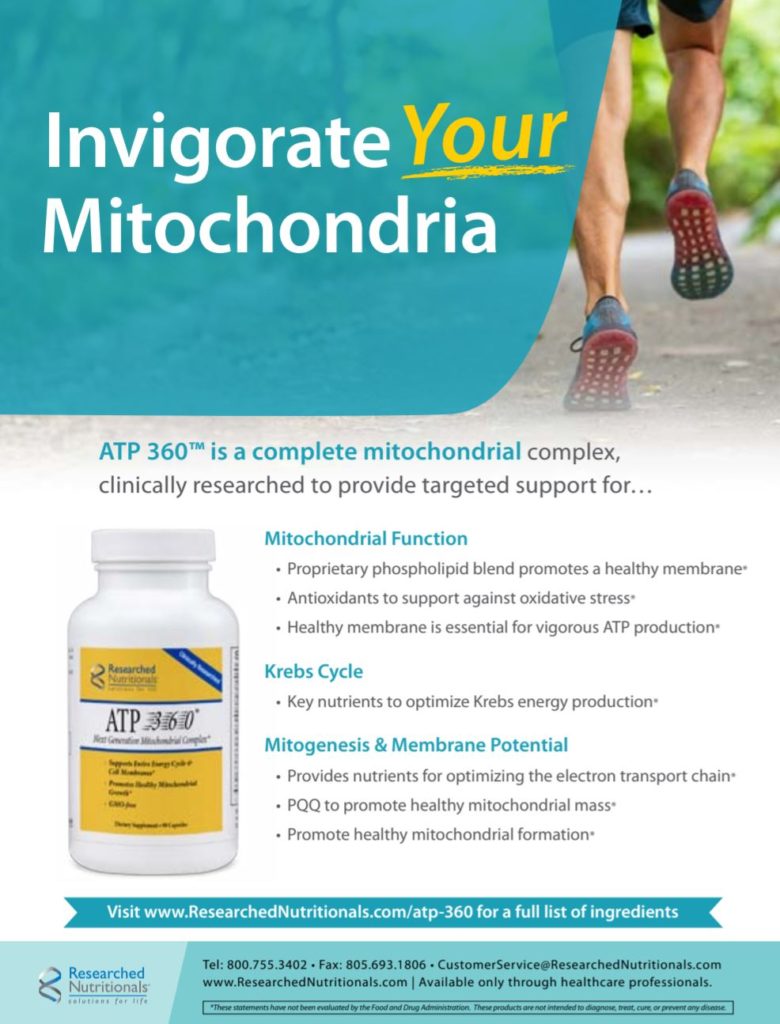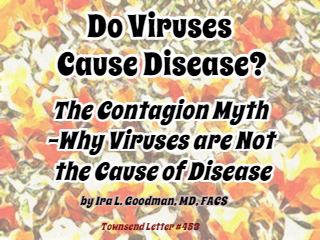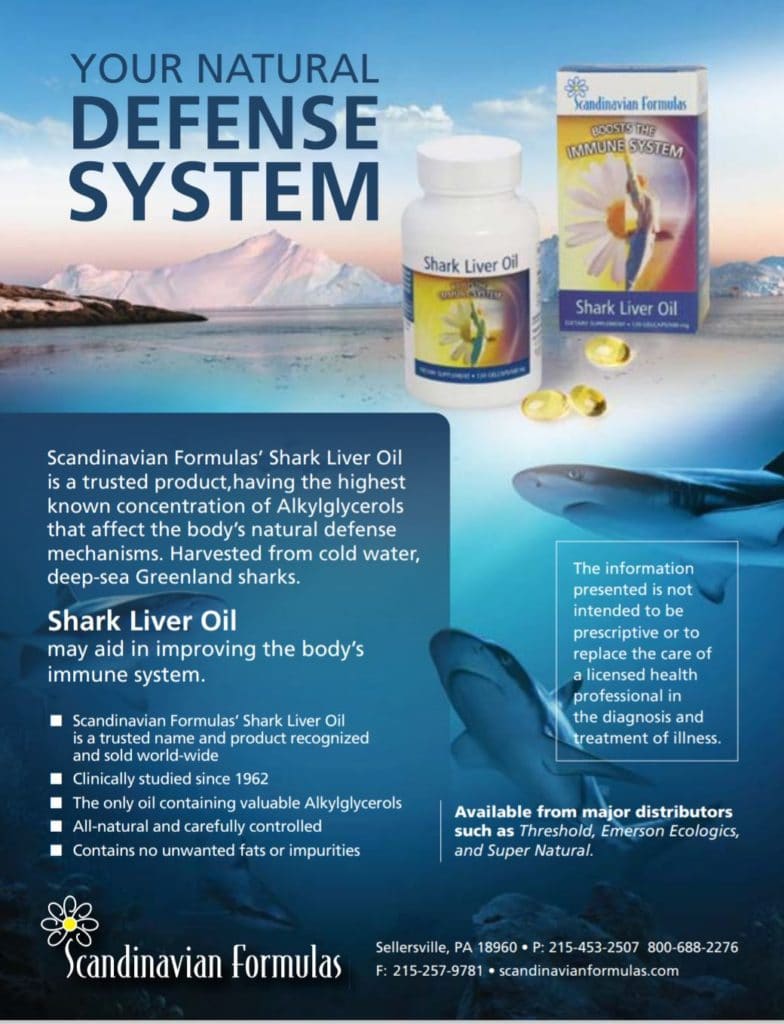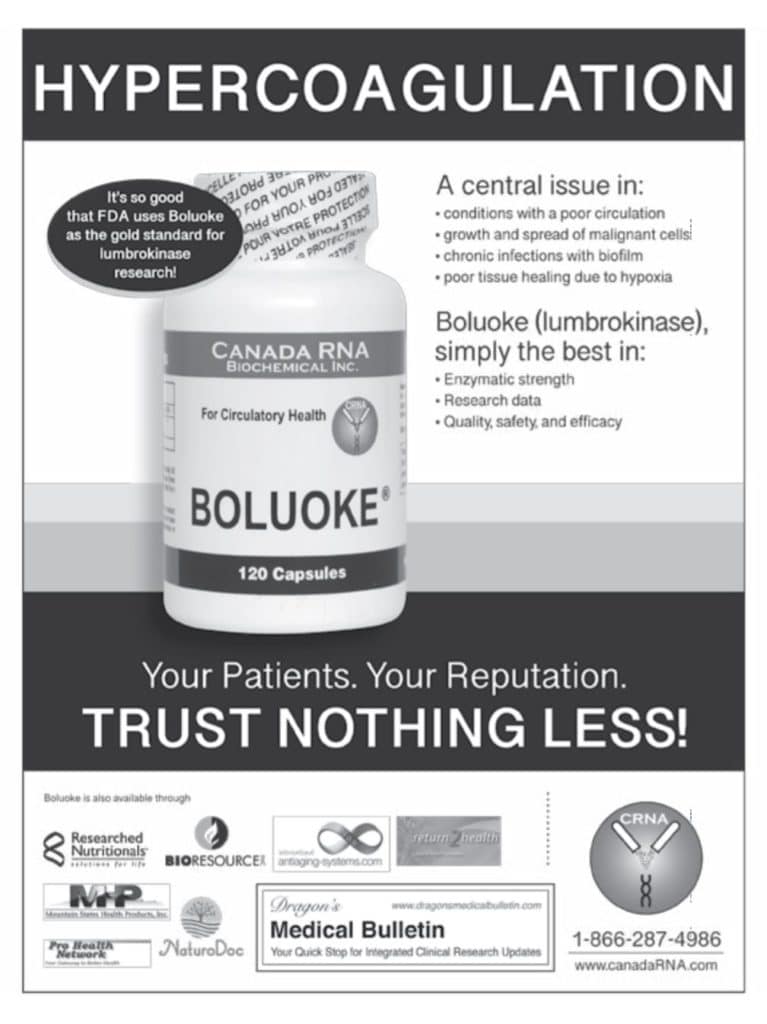by Alan R. Gaby, MD
As the United States and the world endured the trauma of a pandemic in the spring of 2020, a major controversy developed over whether hydroxychloroquine (HCQ) is useful for the prevention and treatment of COVID-19. HCQ has been widely used for more than 60 years to prevent and treat malaria and to treat several autoimmune conditions, including rheumatoid arthritis and systemic lupus erythematosus. This drug has also demonstrated an antiviral effect against COVID-19 in vitro.1 Around 5.7 million prescriptions were written for HCQ in the U.S. in the year 2017.2 HCQ is manufactured by many generic-drug companies and it is very inexpensive, with a retail price of $10 or less for a full course of treatment against COVID-19.
HCQ can cause a number of side effects, the most serious of which include potentially life-threatening cardiac arrhythmias and rare cases of retinal toxicity. The risk of developing serious side effects appears to be related both to the dosage and to the duration of treatment. HCQ has a half-life of more than 40 days, which means that with prolonged daily use, the drug continues to build up in the body for many weeks before reaching a steady-state concentration. The short duration of treatment that is currently being recommended for COVID-19 (typically 5-10 days) results in a relatively low peak serum concentration and would therefore be expected to have a low incidence of side effects. Physicians who have been prescribing HCQ for COVID-19 (patients with contraindications are generally not offered the drug) have reported that serious side effects are essentially nonexistent.
The Positive French Study
Interest in the potential value of HCQ was sparked initially by an uncontrolled trial3 conducted in Marseilles, France. The study included 1,061 individuals who had a positive polymerase chain reaction (PCR) test for COVID-19. These cases were identified from a massive PCR-screening program and included both symptomatic patients (n = 1,005) and asymptomatic contacts of confirmed cases (n = 56). Forty-four percent of the patients had radiological evidence of pneumonia at the time of presentation. All patients were prescribed the combination of HCQ (200 mg three times per day for 10 days) and azithromycin (a macrolide antibiotic; 500 mg on day 1 followed by 250 mg per day for 4 days). Azithromycin was included because of empirical evidence that HCQ is much more effective against COVID-19 if it is used in combination with this antibiotic. The median time between symptom onset and the start of treatment was six days. Patients who had contraindications (such as electrocardiographic evidence of a prolonged QT interval, which is a risk factor for HCQ-induced serious arrhythmias) were not given the treatment and were not included in the study. During the treatment period, drugs that can prolong the QT interval and potassium-depleting drugs used to treat hypertension were stopped. Good clinical outcomes and virological cures were seen within 10 days in 973 patients (91.7%). Eight patients (0.75%) died, all of whom were 74 years of age or older. Two additional patients (ages not specified) died after the paper was written. No arrhythmias attributable to the treatment were seen, and no patient had a prolongation of the QT interval beyond the threshold that would contraindicate treatment. The authors concluded that the administration of HCQ and azithromycin before complications occur is safe and is associated with a very low mortality rate in patients with COVID-19.

Other clinics that are using similar protocols have reported positive results similar to those in the French study. In some clinics, zinc is being added to the protocol, because of evidence that HCQ exerts its antiviral effect in part by stimulating the uptake of zinc into cells.
Negative Results in the US Veterans’ Study
After the French study appeared, a retrospective chart review was conducted on US veterans who had been hospitalized with COVID-19. In those patients, the death rate was higher among those given HCQ than among those not given the drug. This study has frequently been cited to support the view that HCQ is ineffective and unsafe. However, it was not a randomized trial, and HCQ was only given to patients who were at the highest risk of having a poor outcome.4 Furthermore, the findings from this study may not be relevant to the use of HCQ early in the course of the disease. Because it is an antiviral agent, HCQ may be most effective when used before complications have occurred. In the more advanced stages of COVID-19, treatments that suppress the cytokine storm may be more important than treatments that inhibit viral replication.
The Lancet Study and the Retraction
On May 22, Lancet, one of the most respected medical journals in the world, published an observational study of 96,032 patients who had been hospitalized with COVID-19 in 671 hospitals on six continents. Compared with the control group, patients treated with HCQ (with or without a macrolide) had a higher in-hospital mortality rate and a higher incidence of new-onset cardiac arrhythmias.5 By the time this paper was published, HCQ was being widely used around the world for early treatment of COVID-19 and for prophylaxis in healthcare workers and others with high risk of exposure to the virus. The Lancet paper created great confusion because it stood in stark contrast to the positive results many clinicians were seeing.
It soon became apparent that the Lancet paper was plagued with serious problems. In an open letter to the authors of the study and to the editor of Lancet, 146 international researchers raised 10 different concerns about the study. For example, the data from Australia showed an implausibly large number of cases from just five hospitals, and the number of COVID-19 deaths reported from those hospitals was greater than the total number of COVID-19 deaths in all of Australia during the study period.6 Another major concern was that the authors refused to identify any of the hospitals that contributed to the data set.
Further examination of the company that compiled the database of over 96,000 patients (Surgisphere; Chicago, IL) raised concerns that the research may be fraudulent. It seemed impossible that a company that no one had ever heard of and which had only a handful of employees (most of whom had no experience in data analysis) could have accomplished the task of coordinating complex data from hundreds of hospitals around the world in a very short time. An investigation of Surgisphere by the British newspaper, The Guardian, revealed a number of disturbing issues.7 For example, The Guardian contacted seven hospitals in Australia whose cooperation would have been necessary for the database to have included the reported number of Australian COVID-19 patients. All of the hospitals stated that they had no involvement with such a database, and none of them had heard of Surgisphere. In addition, Surgisphere had almost no online presence. Until June 1, the “get in touch” link on Surgisphere’s website redirected the reader to a WordPress template for a cryptocurrency website. This raised questions about how hospitals could have contacted the company to join its database.








